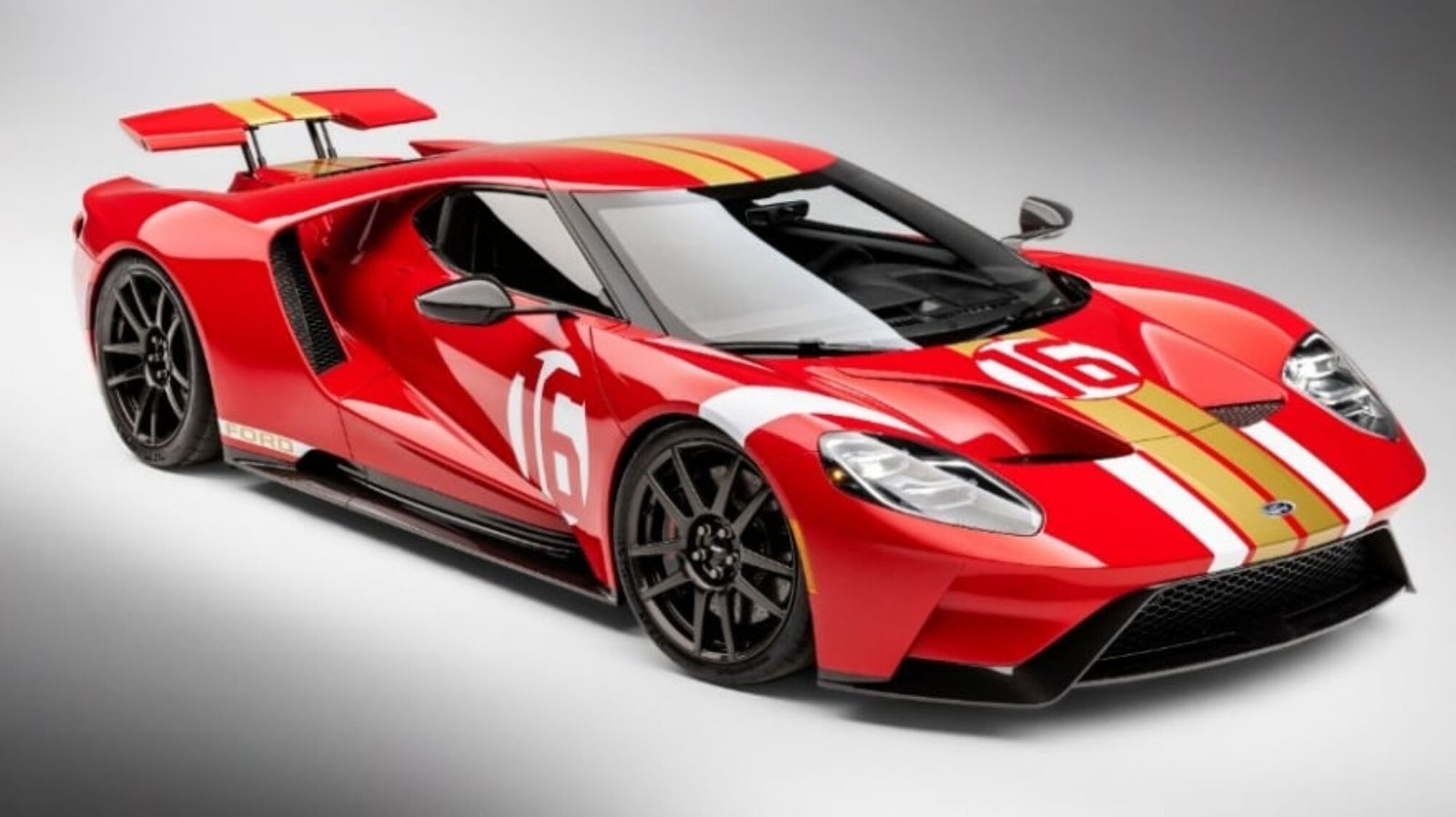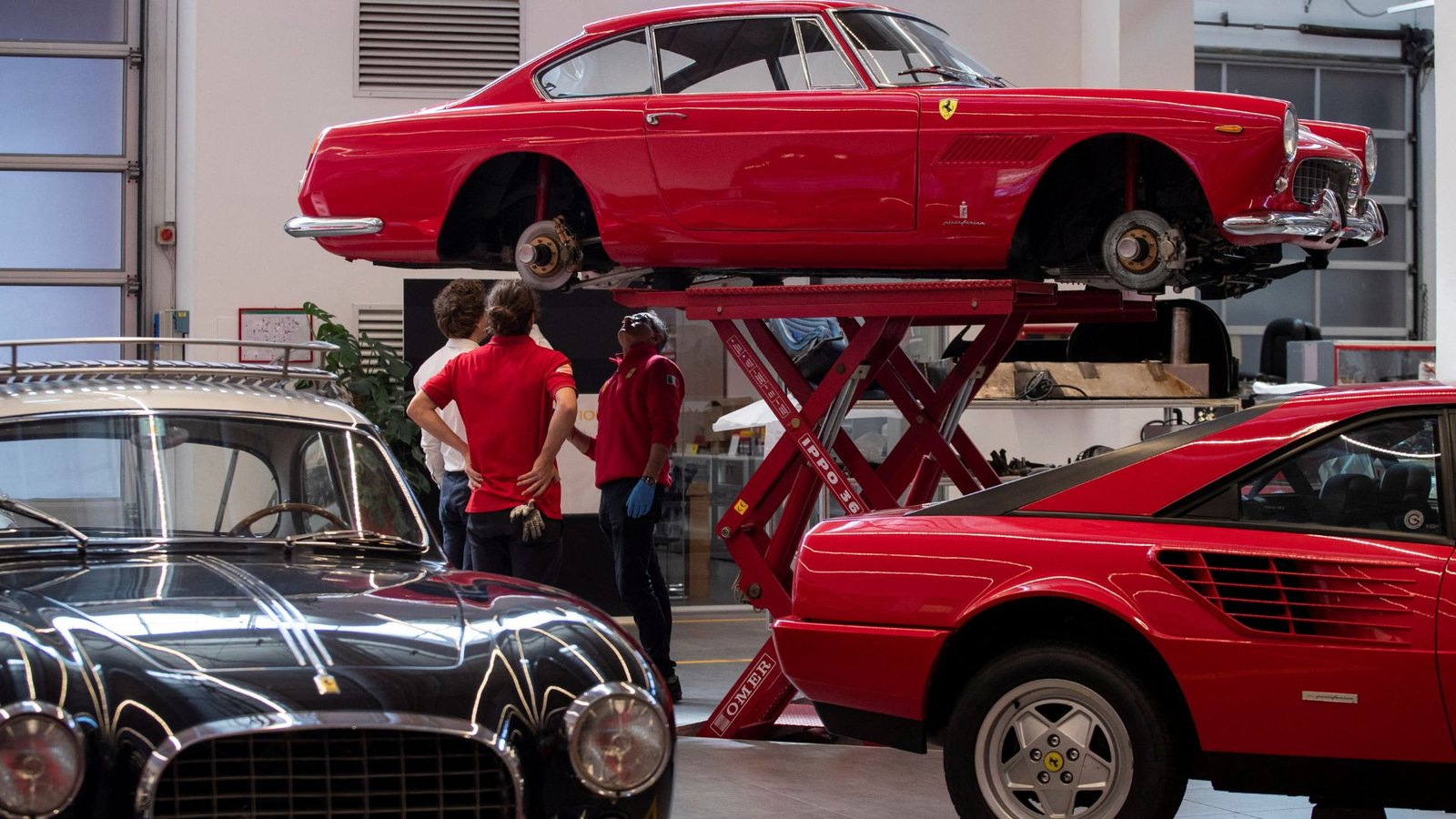Rising Investment Opportunities in Vintage Cars
Investing in vintage cars has long been a passion for enthusiasts, but in recent years, it has gained recognition as a lucrative alternative asset class. As financial markets fluctuate, more investors are turning to tangible assets like vintage cars, which appreciate in value and offer the joy of ownership. This growing trend highlights the rising investment opportunities in vintage cars, making them an attractive option for both seasoned collectors and new investors. In this post, we’ll explore why vintage cars are becoming a hot investment and how you can capitalize on this trend.

Why Vintage Cars Are Gaining Popularity as Investments
The increasing popularity of vintage cars as investments can be attributed to several factors. First and foremost is the tangible nature of the asset. Unlike stocks or bonds, which are intangible and can be affected by market volatility, vintage cars are physical objects that hold intrinsic value. They are not only admired for their design and engineering but also cherished for their historical significance and rarity.
Another key reason is the limited supply of classic cars. Many of these vehicles were produced in small numbers and, as time goes on, even fewer remain in good condition. This scarcity drives demand among collectors and investors, leading to significant price appreciation over time. Furthermore, as certain models become more desirable, their value can skyrocket, offering substantial returns for those who invest wisely.
Additionally, the emotional appeal of vintage cars cannot be overlooked. Many investors are drawn to the nostalgia and personal connection these vehicles evoke. Owning a classic car is not just about potential financial gain; it’s also about preserving a piece of automotive history and enjoying the unique experience of driving a piece of art. This combination of passion and profit makes vintage cars a compelling investment choice.
Market Trends Supporting Vintage Car Investments
Recent market trends further underscore the potential of vintage cars as investment vehicles. Over the past decade, several factors have contributed to the rising value of classic cars, making them an increasingly attractive option for investors.
Steady Appreciation Rates
One of the most compelling reasons to invest in vintage cars is their steady appreciation in value. Unlike many other assets, classic cars have shown consistent growth in value over the years. For example, certain models from brands like Ferrari, Porsche, and Aston Martin have appreciated by hundreds of percent over the past few decades. This steady increase in value makes vintage cars a reliable long-term investment, especially for those willing to hold onto their vehicles for several years.
Growing Interest from Younger Collectors
Another trend driving the vintage car market is the growing interest from younger collectors. Millennials and Generation X are increasingly participating in the classic car market, often driven by nostalgia for cars they admired in their youth. This new wave of collectors is not only expanding the market but also driving up prices for certain models, particularly those from the 1980s and 1990s, such as the Ferrari F40 and Lamborghini Countach. This shift in buyer demographics is expected to continue, further boosting the value of vintage cars.
Global Market Expansion
The vintage car market is also expanding globally, with increasing interest from emerging markets in Asia and the Middle East. Wealthy collectors in these regions are investing in classic cars as a way to diversify their portfolios and showcase their wealth. This global demand has led to higher prices at auctions and more international transactions, making vintage cars a truly global asset class.
How to Invest in Vintage Cars Wisely
While the potential for profit is high, investing in vintage cars requires careful consideration and knowledge. Here are some tips to help you make wise investment decisions in this exciting market.
Research and Knowledge
Before diving into the vintage car market, it’s crucial to do your research. Understand the different makes and models, their historical significance, and current market trends. Books, online forums, and auctions are excellent resources to gain insights into the value and desirability of various classic cars.
Condition and Authenticity
When investing in vintage cars, condition and authenticity are paramount. Vehicles in original, well-preserved condition typically command higher prices than those that have been heavily modified or poorly restored. It’s also essential to verify the authenticity of the car, including its provenance, original parts, and historical documentation. Investing in a car with a well-documented history can significantly enhance its value.
Buy What You Love
Finally, remember the golden rule of vintage car investing: buy what you love. While potential financial returns are important, the joy of owning and driving a classic car should not be overlooked. Choose a vehicle that resonates with you personally, whether it’s a car you’ve always dreamed of owning or a model with a unique history. This approach ensures that even if the market fluctuates, you’ll still derive personal satisfaction from your investment.
Conclusion
In conclusion, vintage cars offer a unique and exciting investment opportunity, combining the potential for financial gain with the joy of ownership. As market trends continue to favor classic vehicles, now is an excellent time to explore the rising investment opportunities in vintage cars. By conducting thorough research, prioritizing condition and authenticity, and investing in models you truly love, you can build a collection that not only appreciates in value but also brings immense personal enjoyment.

